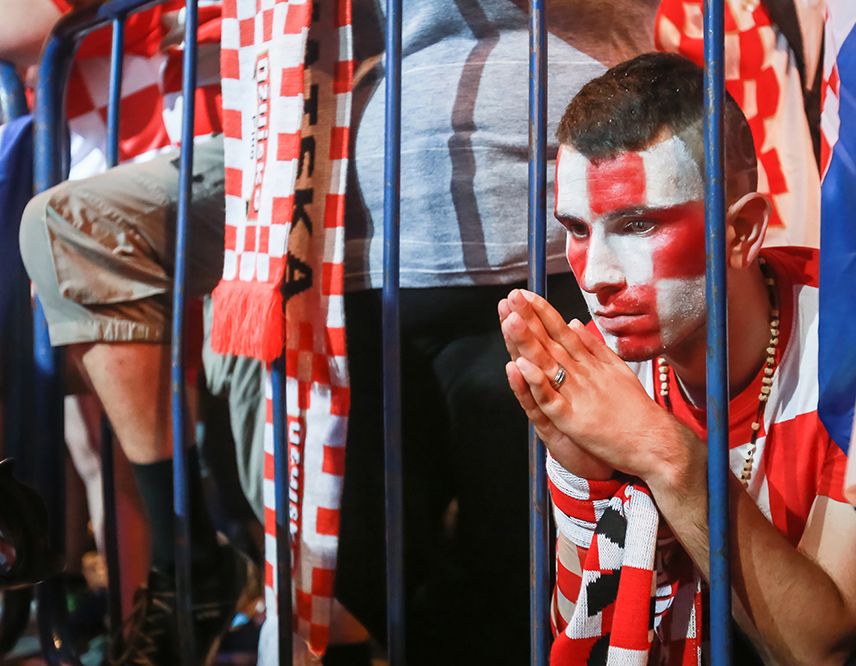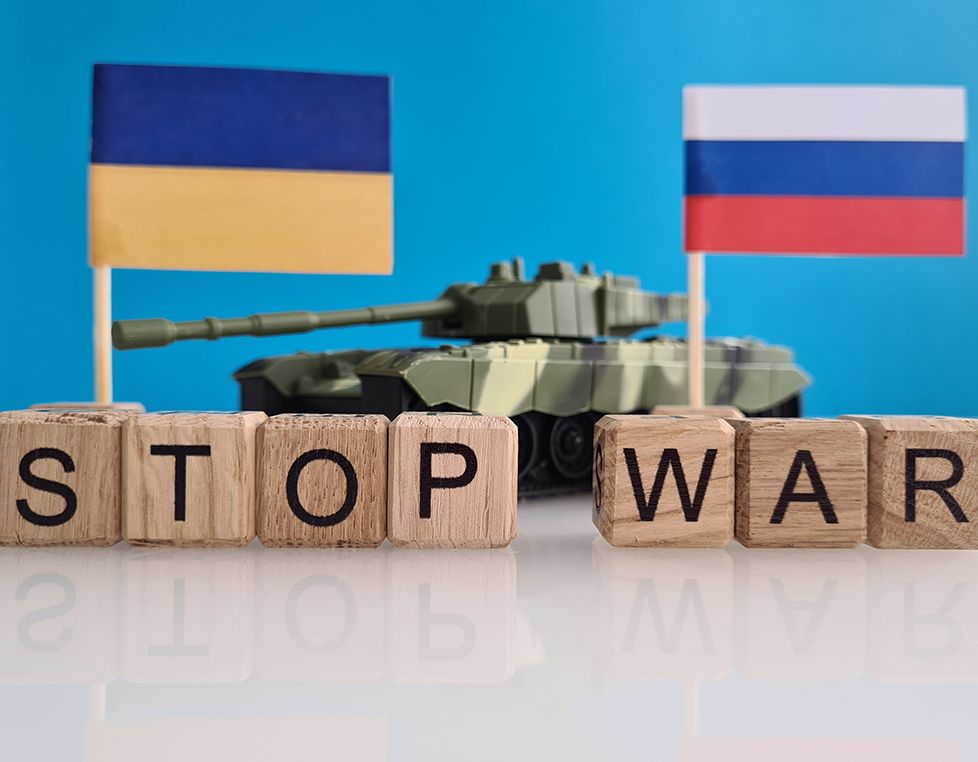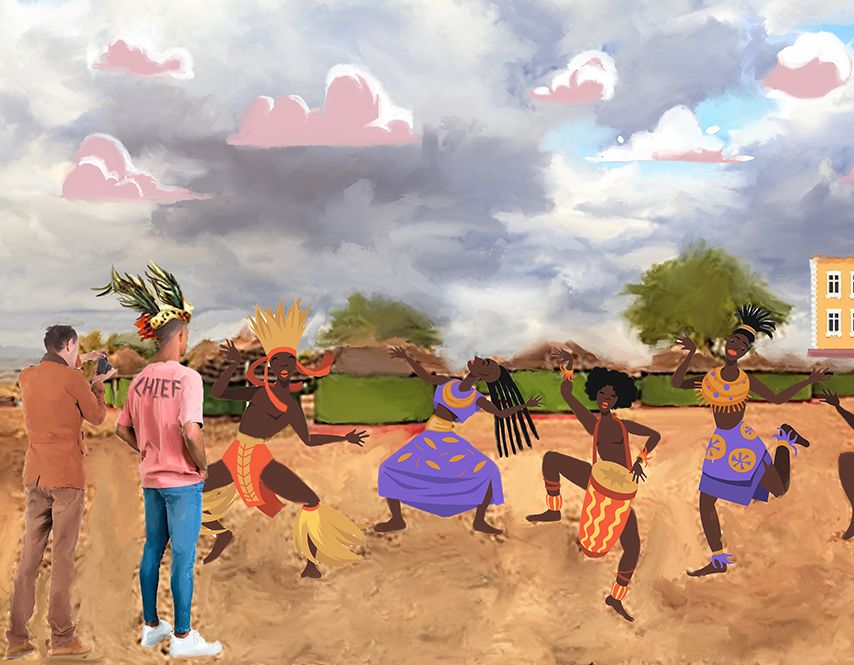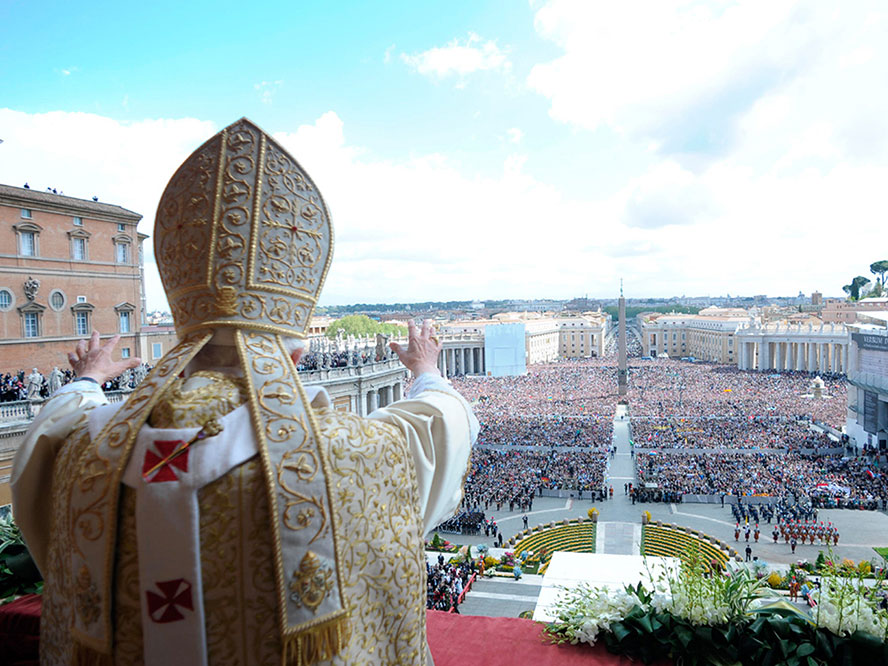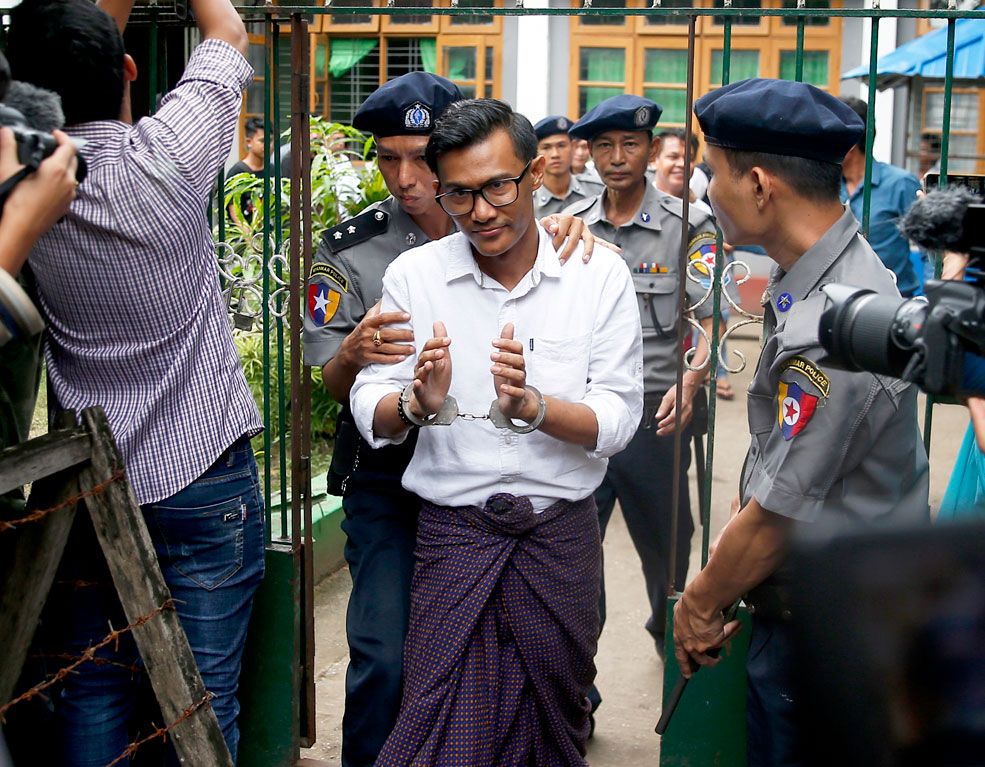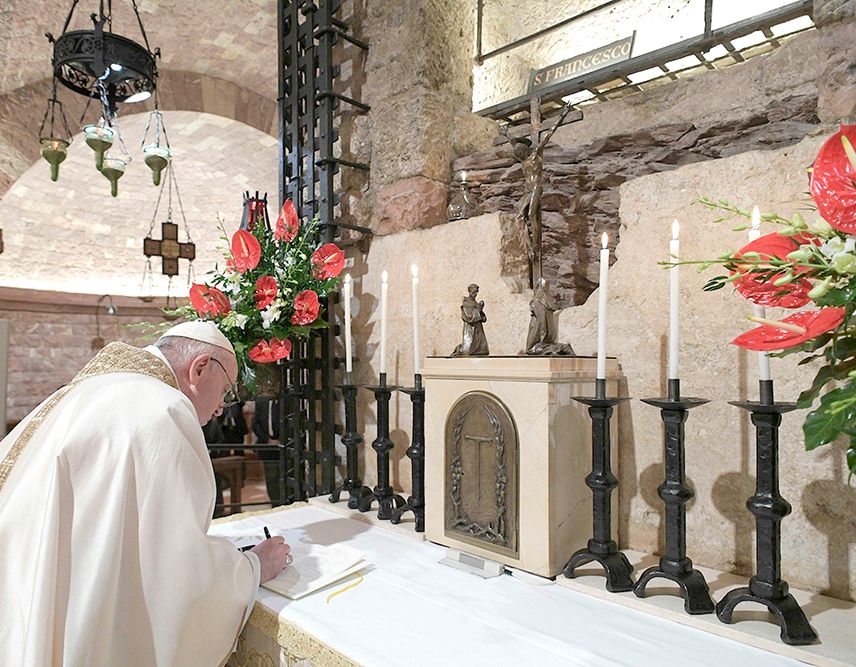With the world’s biggest sporting event underway, it is likely that we will once again be treated to comparisons between football and religion.
The commonalities are evident. A feeling of community and brotherhood with those who support the same team; the awe that comes from collective euphoria; the feeling of self-abandonment as fans place their trust and faith in something they cannot control and, simultaneously, the attempts to control it through chants or rituals and, perhaps more evidently, the stadiums which have come to replace cathedrals and mosques as the central landmarks of large cities all over the world.
But the metaphor does have its limits. Some religious events are euphoric and loud, but a solemn Catholic mass, or celebration of another religious confession, is actually quite far removed from anything you will see on the inside of a stadium.
A committed believer will say that his experience of religion has little to do with blind faith and hope in some adrenaline-filled outcome and more with establishing a personal relationship with the divine. Nonetheless, both these worlds deal in many ways with the irrational, and things can actually get quite interesting when they overlap.
The most famous example of the mix between religion and football is in Glasgow, Scotland, where Celtic and Rangers historically represent the Catholic and the Protestant communities.
The rivalry is so intense that, even as religious practice has declined over the past decades, people remain deeply committed to their clubs to which they are attached through communal lines.
A nominally Catholic man may never put his feet in a church, but he will remain a steadfast Celtic supporter and the same for a Protestant with Rangers. In fact, the rivalry crosses borders and also has a strong influence in Northern Ireland, considering most Catholics in Glasgow are of Irish descent, and most Protestants in Northern Ireland are of Scottish descent. The situation there is never quite so tense as when the two clubs face each other, and football-sparked violence has led to fatalities.
But there are other, more bizarre examples. The most unlikely derby in the world takes place in Sodertalje, on the outskirts of Stockholm, Sweden, which is home to the largest community of Syriac Christians outside of the Middle East.
The Syriacs (also known as Assyrians), began moving to Sodertalje in the 60s, and the situation in their home countries–Turkey, Syria, and Iraq–led to increasing waves of migration. Like many migrant communities, the Assyrians started a football club, Assyriska, in 1971.
Only six years later, however, divisions among the community led to the creation of a second club, Syrianska. The two share a stadium and often compete in the same division, leading to the odd spectacle of a fierce rivalry between Middle-Eastern Christians in an industrial city in Scandinavia.
Christian imagery is present in the offices of the management, and fans on both sides, mostly members of the Syriac Orthodox Church, cross themselves during important moments of the game, while the more radical “ultras” wear balaclavas emblazoned with Orthodox crosses.
Fifa Fear Of Public Prayer
Of course, the World Cup is a different spectacle altogether. The organising entity, FIFA, does its best not to let religion interfere with the game. Still, one can often see devotion on the field in the attitudes of the players.
Many evangelical South American players make a point of visibly praying during matches. When Brazilian players huddled to pray after a win in the Confederations Cup final, in 2009, then FIFA president Joseph Blatter labelled the gesture “a danger” and tried to have it banned in the future, prompting sharp criticism from the Vatican.
The South-American enthusiasm for public displays of religiosity is less common in Europe but nonetheless does sometimes show. When Portugal beat France in Paris to win the 2016 European Cup, generally sombre manager Fernando Santos read out a letter at the press conference in which he explicitly thanked God for the victory.
“Finally, but firstly, I want to go and speak to my best friend and to His mother, to say thanks for having been selected and for having been given the gift of wisdom, perseverance and humility to guide this team, having been enlightened and guided by Him. May all I hope and wish for be for the glory of His name,” said the devout Catholic.
A Sport For All Faiths
Passion for football knows no religious boundaries. The game is as loved in the Christian world as it is in Muslim majority or traditionally Buddhist countries. Israel is an interesting case, with football popular among the Sephardi Jews, and basketball among Ashkenazi. However, football never gained popularity in Hindu India, where cricket reigns supreme.
Nonetheless, the sport has always been dominated by Christian countries. No non-Christian nation has ever won the World Cup, and only two have ever made it to the semi-finals, with Turkey and South Korea facing off in an exciting match for 3rd and 4th place in 2022.
Of course, this is a very loose category, which ranks former Communist countries such as the Soviet Union and East Germany as part of the Christian world. One should also bear in mind that teams from mostly Christian countries can, and often do, have important Muslim players. France, a two-time World Cup winner, is an obvious example.
Things are unlikely to be different this year. Only six Muslim-majority countries have qualified for the World Cup, as opposed to 24 Christian-majority countries. One of the Muslim countries, Qatar, qualified as the host nation and it will be surprising if any of them progress very far.
When looking at it from the perspective of individual players, things are not much different. Only one Muslim, France’s Zinedine Zidane, has ever won the award for the best player at a World Cup, in 2006, although the football world has no shortage of top-class Muslim players such as Karim Benzema (France), Marouane Fellaini (Belgium), and Mesut Ozil (Germany).
Discrimination And Inclusion
One skilful Muslim player who will not be gracing the pitches in Qatar this year is Mohammed Salah since Egypt failed to qualify. Historically one of Africa’s strongest football-playing nations, Egypt is majority Muslim but also home to a sizeable minority of Christians, known as Copts, who make up anywhere between 10 and 20% of the population.
Egyptians are famously football-mad, and Copts are no exception. They attend matches, follow clubs, and play on the streets as much as their Muslim compatriots. It would stand to reason, therefore, that they would be more or less proportionately represented in the national team.
However, for some reason, over the past decades only one Copt, Hany Ramzy, played in the Egypt shirt. Ramzy admits, though, that at the time nobody knew his religious affiliation, since his name is not clearly Christian. In 2018 the head of the Coptic Orthodox Church, Tawadros II, remarked that “it is extraordinary that none of Egypt’s football teams have a single Copt with two good legs and who kicked a ball on the streets when he was little.” This exclusion from such an important part of national life leaves many Copts with mixed feelings about the national team.
Even Iran, which has a much smaller proportion of Christians than Egypt–and a much more religious government–has seen no problem in calling up Christian players, such as ethnic Armenian Andranik Teymourian, who played over 100 games for Iran, and was the first ever Christian to captain the national team.
Headscarves And Empty Seats
The overlap of religion and sports can get even more complex in women’s football, where some Islamic societies expect their players–if they allow them to play at all–to adhere to traditional dress codes.
FIFA does allow players to cover their legs, arms, and hair, so long as these additions to their kit do not wrap around their neck, which would pose a choking hazard. The Iranian team was disqualified from a match because of this in 2009.
When it comes to actually being allowed to watch football, however, things can get trickier, and even turn tragic. For 40 years, women in Iran were banned from accessing stadiums to watch men’s football, though some more hardcore fans still tried to sneak in. In 2019, after being caught trying to watch her beloved Esteghlal, Sahar Kohdayari, known as Blue Girl for her devotion to her team colors, was ordered to present herself at court.
Eventually FIFA threatened to exclude Iran from international football if this injustice was not ended. In August, 2022, women were finally allowed to watch a match between Esteghlal and Mes Kerman. Thousands of women filled the stands, but the Blue Girl was missing. On the day of her trial, she had shown up outside the courtroom, doused herself in gasoline, and set herself on fire, later dying from her injuries.

